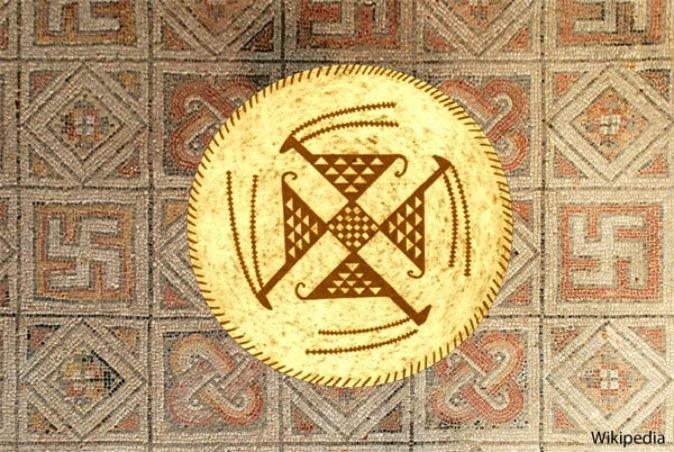The swastika is a symbol used by one of the most hated men on Earth, a symbol that represents the slaughter of millions of people and one of the most destructive wars on Earth. But Adolf Hitler was not the first to use this symbol. In fact, it was used as a powerful symbol thousands of years before him, across many cultures and continents.
For the Hindus and Buddhists in India and other Asian countries, the swastika was an important symbol for many thousands of years and, to this day, the symbol can still be seen in abundance—on temples, buses, taxis, and on the covers of books. It was also used in Ancient Greece and can be found in the remains of the ancient city of Troy, which existed 4,000 years ago. The ancient Druids and the Celts also used the symbol, reflected in many artefacts that have been discovered. It was used by Nordic tribes and even early Christians used the swastika as one of their symbols. For example, the Teutonic Knights, a German medieval military order that became a purely religious Catholic order, used it. But why is this symbol so important and why did Adolf Hitler decide to use it?
The word “swastika” is a Sanskrit word (“svastika”) meaning “It is,” well being,“ ”good existence,“ and ”good luck.“ However, it is also known by different names in different countries—like ”wan“ in China, ”manji“ in Japan, ”fylfot“ in England, ”Hakenkreuz“ in Germany and ”tetraskelion“ or ”tetragammadion” in Greece.





